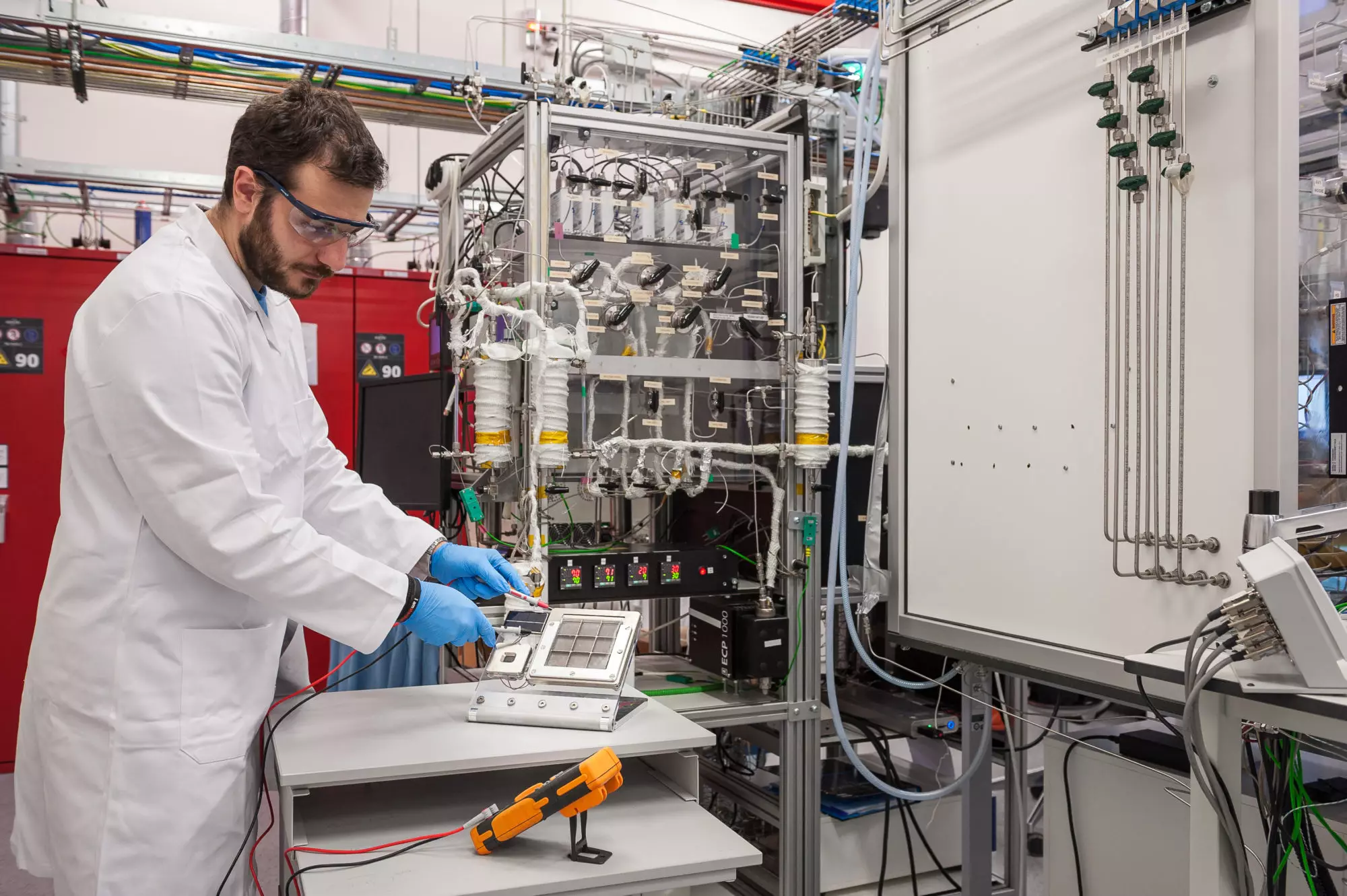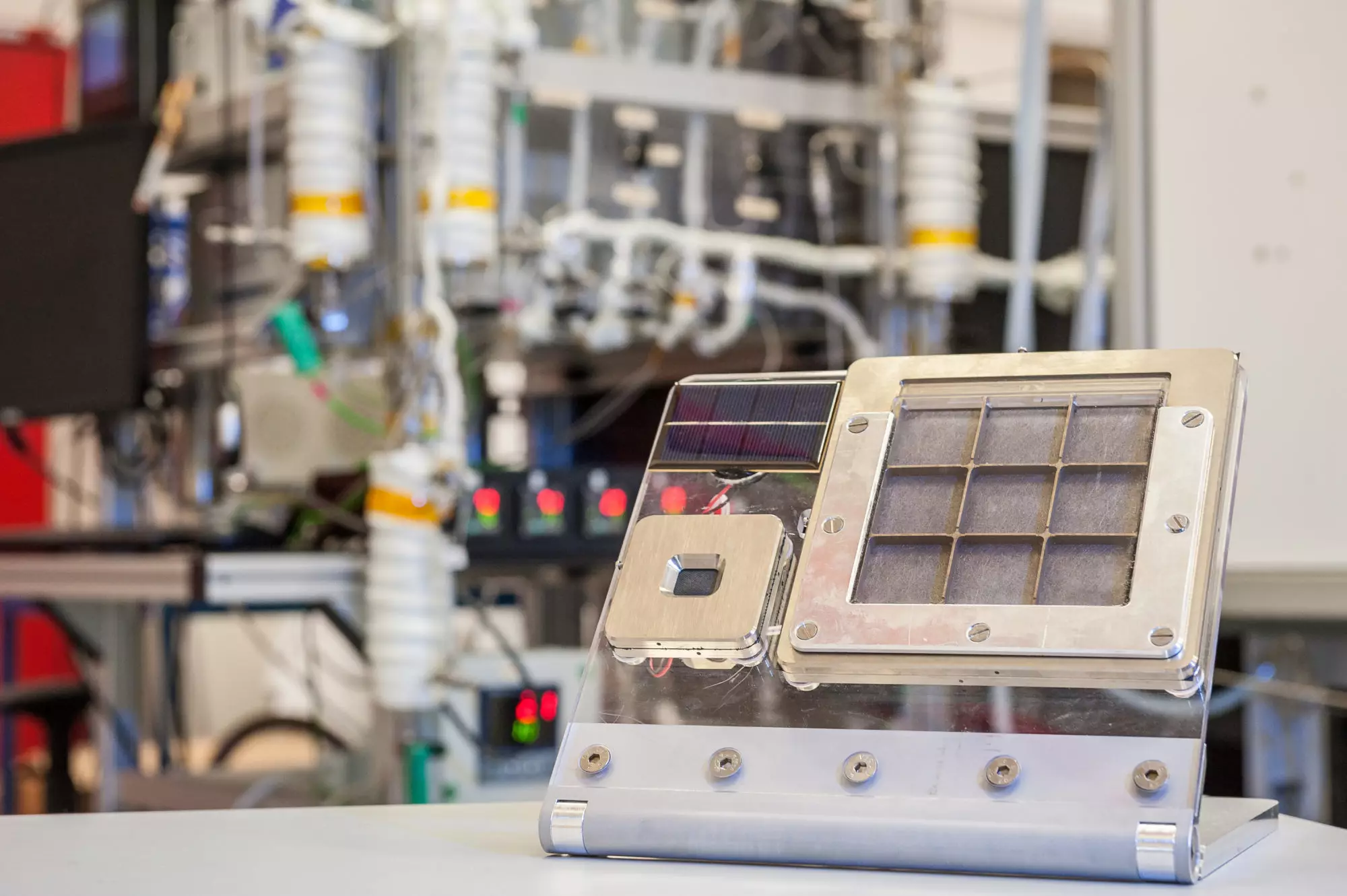Toyota's official statement couldn't begin more utopically: "It feels like magic: we put a specific device in contact with the air, expose it to sunlight, and it starts producing fuel for free."
For free? Like?
First, the fuel they refer to is not gasoline or diesel, but hydrogen. And as we know, Toyota is one of the main players in this area, that of fuel cell vehicles, or fuel cell, which use hydrogen to generate the electrical energy needed to put the vehicle in gear.
One of the major obstacles to the expansion of this technology resides precisely in the production of hydrogen. Despite being the most abundant element in the universe, unfortunately it always appears “attached” to another element — a common example is the water molecule, H2O — which requires complicated and costly processes to separate and store it.

And as Toyota recalls, hydrogen production still uses fossil fuels, a scenario that the Japanese brand intends to change.
According to a statement from Toyota Motor Europe (TME) they achieved an important technological advance. In partnership with DIFFER (Dutch Institute for Fundamental Energy Research) developed a device capable of absorbing the water vapor present in the air, directly separating hydrogen and oxygen using only solar energy — hence we get free fuel.
There are essentially two reasons for this joint development. First, we need new, sustainable fuels — such as hydrogen — that can reduce our dependence on fossil fuels; second, it is necessary to reduce the emission of greenhouse gases.
TME's Advanced Materials Research division and DIFFER's Catalytic and Electromechanical Processes for Energy Applications group, led by Mihalis Tsampas, worked together to achieve a method of dividing water into its constituent elements in its gaseous (steam) phase and not in the more common liquid phase. The reasons are clarified by Mihalis Tsampas:
Mihalis Tsampas, Catalytic and Electromechanical Processes for Energy Applications from DIFFERWorking with gas instead of liquid has several advantages. Liquids have some problems, such as unintended blistering. Furthermore, by using water in its gaseous phase rather than its liquid phase, we do not need costly facilities to purify the water. And finally, as we only use water present in the air around us, our technology is applicable in remote locations where water is not available.
Subscribe to our Youtube channel
The first prototype
TME and DIFFER demonstrated how the principle worked, developing a new solid-state photoelectrochemical cell capable of capturing water from the ambient air, where, after exposure to the sun, it began to generate hydrogen.

This first prototype managed to achieve an impressive 70% of the performance achieved by an equivalent water-filled device — promising. The system comprises polymeric electrolyte membranes, porous photoelectrodes and water-absorbent materials, combined in a specific device with an integrated membrane.
the next steps
The promising project, given the results already obtained, managed to be allocated funds from the NWO ENW PPS Fund. The next step is to improve the device. The first prototype used photoelectrodes known to be very stable, but it had its limitations, as Tsampas says: “…the material used only absorbed UV light, which makes up less than 5% of all sunlight reaching Earth. The next step is to apply state-of-the-art materials and optimize the architecture to increase water and sunlight absorption.”
After overcoming this hurdle, it may be possible to scale the technology. The photoelectrochemical cells used to produce hydrogen are very small (around 1 cm2). To be economically viable they have to grow at least two to three orders of magnitude (100 to 1000 times larger).
According to Tsampas, despite not having arrived there yet, he is hopeful that this type of system in the future can serve not only to help move cars, but also to power homes.
